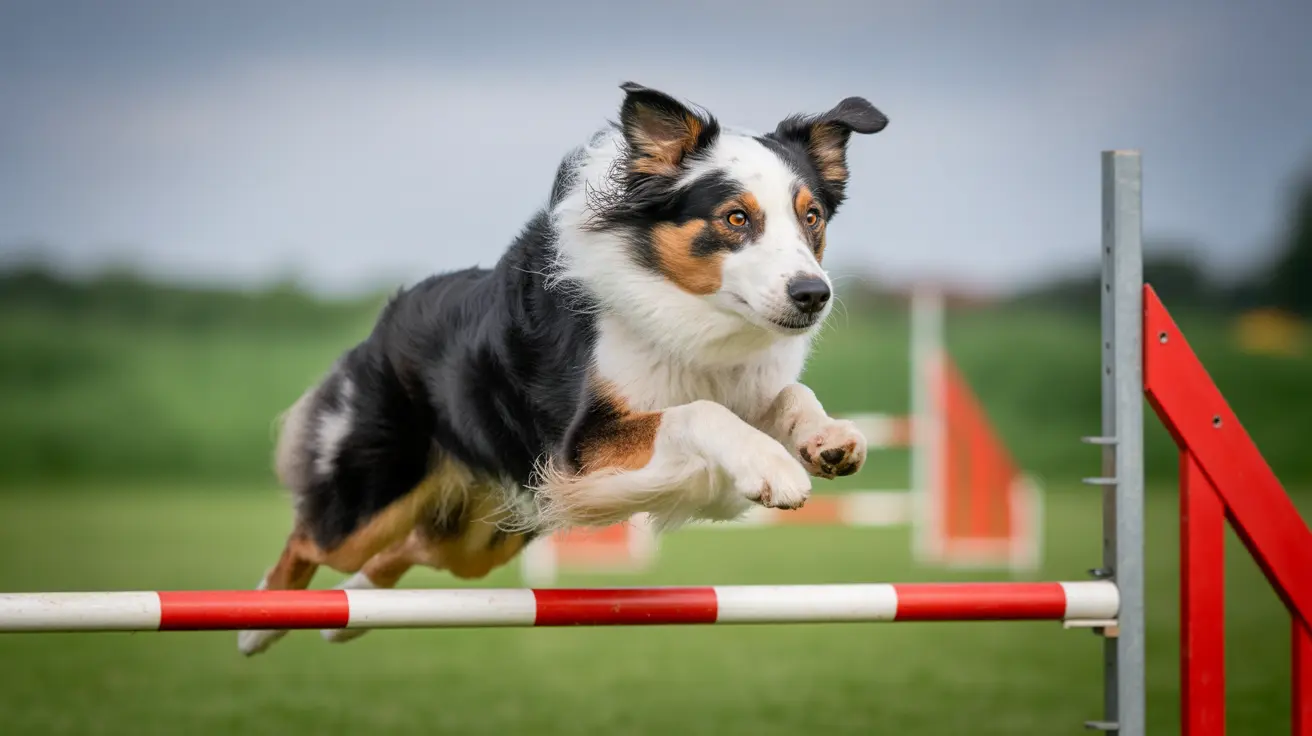Fastest Way to Potty Train a Puppy: Step-by-Step Guide
Potty training is one of the most critical early lessons for any new puppy owner. It ensures your pet understands where and when to eliminate while fostering good behavior and a clean home. The fastest and most effective way to achieve this includes consistency, positive reinforcement, and structured routines. Below is a comprehensive guide on how to potty train your puppy quickly and effectively.
1. Establish a Consistent Schedule
- Regular feeding times: Feed your puppy three times a day at consistent intervals. Predictable meals help predict when your puppy will need to eliminate.
- Frequent potty breaks: Take puppies out every 1–2 hours depending on age, especially after naps, playtime, or eating.
- Morning and bedtime routines: Let your puppy out first thing in the morning and right before bed.
2. Choose an Elimination Spot
- Pick a designated outdoor location close to your home.
- Use consistent commands like “Go potty” at the spot.
- Let your puppy associate the area with elimination through scent and repetition.
3. Use Positive Reinforcement
- Immediate rewards: Praise, treats, or playtime immediately after your puppy eliminates outside.
- No punishment: Avoid yelling or scolding. Instead, redirect behavior positively.
4. Supervise Closely
- Watch for signals: Sniffing, circling, or heading to the door indicates it's time to go out.
- Limit freedom initially: Keep your puppy in sight or confined when unsupervised to avoid accidents.
5. Implement Crate Training
- Use a properly sized crate to build bladder control and create a den-like safe space.
- Take your puppy out immediately after crate time and reward successful elimination.
6. Create a Potty Cue
- Use the same verbal cue every time you take your puppy to the bathroom spot.
- Repetition helps your puppy associate the cue word with the behavior.
7. Clean Accidents Properly
- Use enzymatic cleaners to remove odors and reduce repeat accidents.
- Calm redirection: Interrupt the accident calmly and guide the puppy outside if caught in the act.
8. Handle Alone Time Strategically
- Arrange potty breaks during long absences; young puppies can’t hold it for more than a few hours.
- Confine to small, easy-to-clean areas or use puppy pads sparingly as a temporary backup.
9. Troubleshoot Common Issues
- If accidents persist, reevaluate your routine and monitor more closely.
- Consult a vet for health-related causes if progress stalls beyond expectations.
10. Potty Training Timeline
Most puppies can be nearly fully house trained within a few months. Some may pick it up faster, while others need longer depending on their unique temperament and previous training exposure. Patience and persistence are key.
Final Tips for Success
- Always reward success promptly.
- Gradually expand home access based on reliability.
- Maintain a positive attitude, and celebrate small victories.
- Stick with your methods and remain consistent every day.
By following these structured steps and maintaining a loving, attentive approach, you’ll dramatically speed up the potty training process and build a stronger bond with your new puppy.





